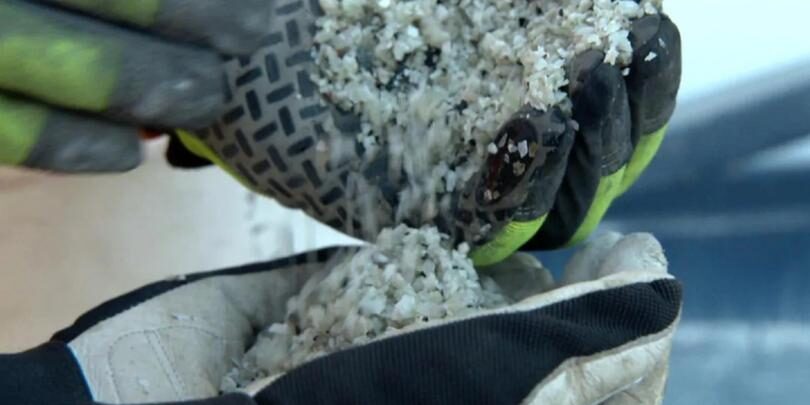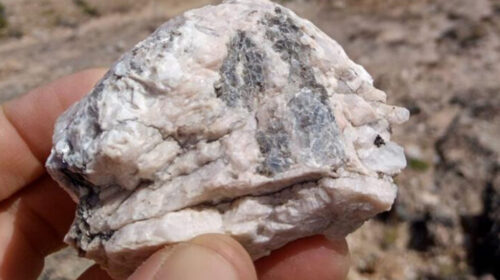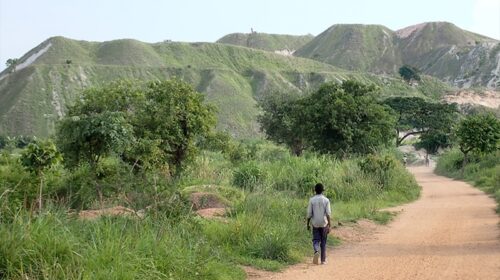Manono to have one of the lowest carbon footprints globally
An independent study of the Manono lithium and tin project, in the Democratic Republic of Congo, has found that it is likely to have one of the lowest carbon footprints of any global hard rock lithium project.
ASX-listed AVZ Minerals on Thursday told shareholders that the greenhouse gas (GHG) assessment, completed by Environmental Resource Management, evaluated the Scope 1 and Scope 2 emissions associated with the operation over its 20-year mine life.
The low carbon footprint expected at Manono was owing to AVZ’s strategic location adjacent to the Mpiana Mwanga hydroelectric power plant, which once refurbished, is expected to provide for all the project’s electricity requirements.
A 2020 definitive feasibility study into the Manono project estimated that it would produce around 700 000 t/y high grade lithium and 45 475 t/y of primary lithium sulphate over a 20-year mine life. The project is expected to require an initial capital investment of some $545.5-million.
The pre-production capital cost would include transport upgrades and the rehabilitation of the Mpiana Mwanga hydroelectric power plant, which would account for $41.85-million and $46.54-million worth of investment, respectively.
“We will continue to strive towards improving our greenhouse gas emissions profile as we develop the world-class Manono project,” said AVZ MD Nigel Ferguson.
“Ultimately, we want to see the electricity generated from the Mpiana Mwanga hydroelectric power plant used to operate all our mining equipment, making the Manono project a 100% ‘green’ mine. Any surplus power may be provided into the national grid for use in the town of Manono,” he added.
In addition to using hydroelectric power, AVZ is also investigating and planning GHG mitigation measures which include the purchase of an electric mining fleet once it is commercially viable, the generation of hydrogen from excess renewable electricity to enable the use of fuel cell electric vehicles, and the establishment of a 5 000 ha sequestration plantation.
The company’s plans to transition to an electric mining fleet should reduce GHG emissions at Manono by some 29 404 t/y of carbon dioxide equivalent
14 total views , 1 views today




